(This is the thirty-eighth entry in the The Modern Library Reading Challenge, an ambitious project to read the entire Modern Library from #100 to #1. Previous entry: The Catcher in the Rye.)
 Despite focusing almost exclusively on the upper and middle classes in his fiction, John Cheever was that rare New Yorker regular whose short stories never came across as off-puttingly imperious, superficially urbane, or especially pretentious (although he did don a mannered Mid-Atlantic accent for his television appearances; his 1981 appearance with John Updike on The Dick Cavett Show is highly recommended). But to be fair to Cheever, this Quincy native was also good for a number of gentle tales featuring small-town types trying to live out their grandiose dreams in the big city, as seen in “O City of Broken Dreams” and “Clancy in the Tower of Babel.”) One gets the sense from Cheever’s stories and his diaries that, for all of his hard drinking and his tormented sexuality, the man genuinely loved people and marveled over bizarre jewels mined from the commons. His writing voice led many to call him “the Chekhov of the suburbs,” although that appellation doesn’t do full justice to Cheever’s stratospheric talent or surprising range.
Despite focusing almost exclusively on the upper and middle classes in his fiction, John Cheever was that rare New Yorker regular whose short stories never came across as off-puttingly imperious, superficially urbane, or especially pretentious (although he did don a mannered Mid-Atlantic accent for his television appearances; his 1981 appearance with John Updike on The Dick Cavett Show is highly recommended). But to be fair to Cheever, this Quincy native was also good for a number of gentle tales featuring small-town types trying to live out their grandiose dreams in the big city, as seen in “O City of Broken Dreams” and “Clancy in the Tower of Babel.”) One gets the sense from Cheever’s stories and his diaries that, for all of his hard drinking and his tormented sexuality, the man genuinely loved people and marveled over bizarre jewels mined from the commons. His writing voice led many to call him “the Chekhov of the suburbs,” although that appellation doesn’t do full justice to Cheever’s stratospheric talent or surprising range.
This emphasis on pedigree has caused many contemporary readers to align Cheever — much to the understandable chagrin of The Millions‘s Adam O’Fallon Price — with the equally great Raymond Carver, whose penetrating portraits of blue-color realism showed a similar talent for exhuming the irresistible madness buried within the quotidian. (Carver’s baker in “A Small, Good Thing” — with the surreal quality of his incessant phone calls to a grieving couple — could be a Cheever character. And indeed, Cheever and Carver were drinking buddies.) But Cheever worked a slightly less verisimilitudinous room that, even with its quasi-fantastical wainscotting, proved just as truthful as Carver’s grit. Cheever’s finest stories — “The Enormous Radio,” “Torch Song” (one of my personal favorites), and “The Swimmer” — nimbly corral the motley flocks of common anxieties into quietly surrealistic pastures situated somewhere between speculative fiction and magical realism. But Cheever’s bold storytelling strokes (a radio that airs the conversations of neighbors, people who age or who never age in strange ways) never seem to come across as overly conceptual or call attention to themselves because his characters are so vivid in their behavior. (“I wish you wouldn’t leave apple cores in the ashtrays,” says one of the overheard people in “The Enormous Radio,” “I hate the smell.” As a former smoker who practiced significant pulmonary zest while slowly killing himself, I’ve never seen anyone do this — not even the chain-inhaling slobs I shivered outside with in my dorm room days.) It’s an emphatic lesson that seems to have eluded priapic spec-fic hacks like David Brin, Orson Scott Card, and John Scalzi, who are more interested in bloviating and showing how “clever” they are rather than practicing the art of writing fiction, much less humility, in any notable manner (and, in Card’s case, a monotonously homophobic one).
Buoyed by his elegant and subtly expansive prose, Cheever somehow inoculated himself against being typed — especially after the success of The Wapshot Chronicle, the masterpiece on the Modern Library list which beckons this essay and the novel that got me so passionate about Cheever again that I reread the full oeuvre, delaying yet another installment and once again hedging the unknown number of days I have left in my life against the completion of this insanely ambitious project. Bullet Park is a laudable though not entirely successful effort to break out of the zany New England métier. But Falconer? That novel is a fucking knockout that truly shows just how much range Cheever had. He captured the speech and mannerisms of prisoners in a way completely beyond the abilities of Updike or, for that matter, many of the smug and privileged novelists you see on BlueSky boasting daily about how “woke” they are, even as they can be observed in real life nervously crossing the street whenever they see a Black person approaching them. Decades before Alan Hollinghurst, Cheever had this knack for describing the seedier pastimes of sexuality as if this was the most beautiful thing in the world. But he also rightfully earned respect from the mainstream literary establishment at a time in which writers wrangling with anything even remotely high-concept were often pushed needlessly and ignominiously into the dodgy shadows of the pulp markets.
While Cheevermania thankfully remains somewhat alive in the 2020s — with both Mary Gaitskill and Emma Cline stumping for him at the last New Yorker festival — note how Vulture reporter Brandon Sanchez emphasizes the short stories while shutting out the novels. Even my fellow Cheever booster O’Fallon Price, who rightly points to the “binary choice between dull routine and utter chaos” frequently explored in Cheever’s fiction, offers nothing more than an oblique reference to Bullet Park in his Cheever essay. None of these people seem to have heeded the wisdom of the late great critic John Leonard, who demanded that we express love and generosity to a sui generis talent (just as he did in his review of Cheever’s final novel, Oh What a Paradise It Seems, which is still very solid Cheever, particularly the ice skating and supermarket scenes).
The Wapshot Chronicle is utterly breathtaking, often very funny, and poignant. Less seasoned readers have dismissed Wapshot as the work of a “master short story writer teaching himself how to write a novel” and, while they are not wrong on this point, I think this is a significant underestimation of what Cheever has accomplished here. Wapshot deserves to be held high with the same adulation reserved for his short stories. For one thing, Wapshot is also the first Book of the Month Club selection with the word “fuck” in it. This “transgression,” which must have scandalized pearl-clutching moralists of the lowest order, surely gives Cheever a small amount of punk rock streetcred.
Avoid kneeling in unheated stone churches. Ecclesiastical dampness causes prematurely grey hair.
That silly advice comes from retired sea captain, endearing crank, and old patriarch Leander Wapshot. Stylistically speaking, Leander’s fascinating clippy patois is what stands out on the first reading. But there’s also a shrewd piss-take on Booth Tarkington‘s device of an omniscient storyteller who makes his presence known with picayune details of family lines and furtive glimpses into certain subcultures:
It is the perhaps in the size of things that we are most often disappointed and it may be because the mind itself is such a huge and labyrinthine chamber that the Pantheon and the Acropolis turn out to be smaller than we had expected.
Wapshot was not the first time that Cheever used this trick. His 1955 story “Just One More Time” does this as well. But with Wapshot, the almost satirical formality serves to create an epic structure for the eccentric Wapshot family to run wild. (And in the case of Leander’s two sons, Moses and Coverly, they literally flock to many corners of the nation — particularly Coverly after he becomes a Taper and is sent to far-off regions: the military base, in Cheever’s hands, is sent up gloriously and Cheever would continue with this in The Wapshot Scandal by satirizing the McCarthy trials.) Much like the fantastical concepts in his stories anchored strange behavior, so too does the Tarkingtonesque narrator frame the family adventures.
I also loved the marvelously quirky Cousin Honora, who controls the family pursestrings and who has a highly unusual method of paying for her bus fare:
Honora doesn’t put a dime into the fare box like the rest of the passengers. As she says, she can’t be bothered. She sends the transportation company a check for twenty dollars each Christmas. They’ve written her, telephoned her and sent representatives to her house, but they’ve gotten nowhere.
My only minor quibble about Wapshot — and this is a point that a certain misogynistic predator who was forced to bail from the publishing world lacked the acumen to consider — is how Melissa, the woman who marries Moses, is short-changed by Cheever. It’s clear that she is not happy in the marriage. Cheever, to his credit, would make a noble stab to atone for this in The Wapshot Scandal by having her run off with a 19-year-old grocery boy named Emile. But even in the sequel, I felt that Cheever didn’t quite flesh out this character. It’s not that Cheever couldn’t write women (see Honora, for one) or didn’t understand what it was like to be trapped in a thankless marriage. (Julia Weed in “The Country Husband” is a far better portrayal of this problem than Melissa.) But sometimes the best pilot can’t always stick the landing. And I’m not about to pull one of those Zoomer hissy fits and cancel Cheever simply because he fumbled an important issue. Especially because there’s so much to admire about Wapshot: its wit, its heart, the way that it embraces certain strains of Southern literature only to abandon this tone once Moses and Coverly go off and live their lives, its beautiful depiction of naivety at every age, and the hilarious tally of weird accidental deaths. I also feel obliged to point to Steven Wandler’s interesting essay in which he argues that the two Wapshot novels are similar while presenting contradictory views of the world. Another literary Ed — one who has greater cachet than this irksome Brooklynite — has made a savvy argument that much of this stemmed from the contradictions of Cheever’s life. And aren’t contradictions exactly the reason why we reread great novels?
Next Up: James Jones’s From Here to Eternity!
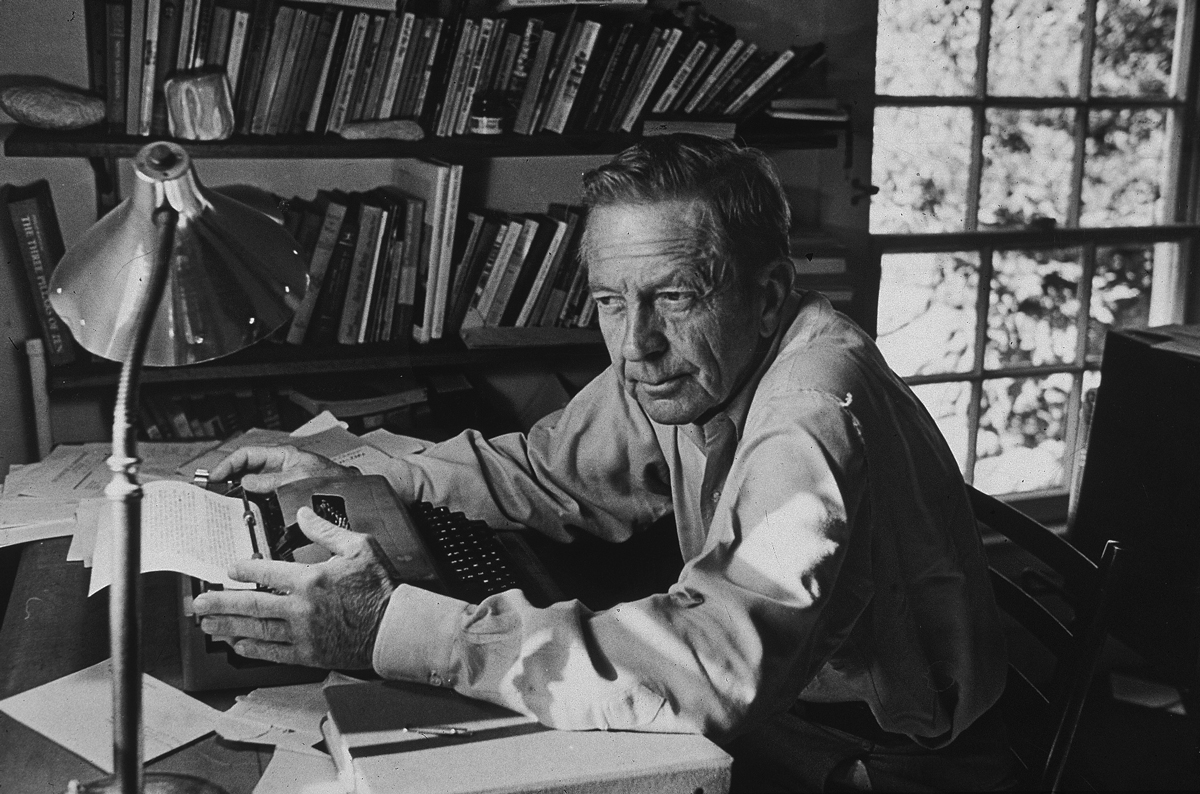
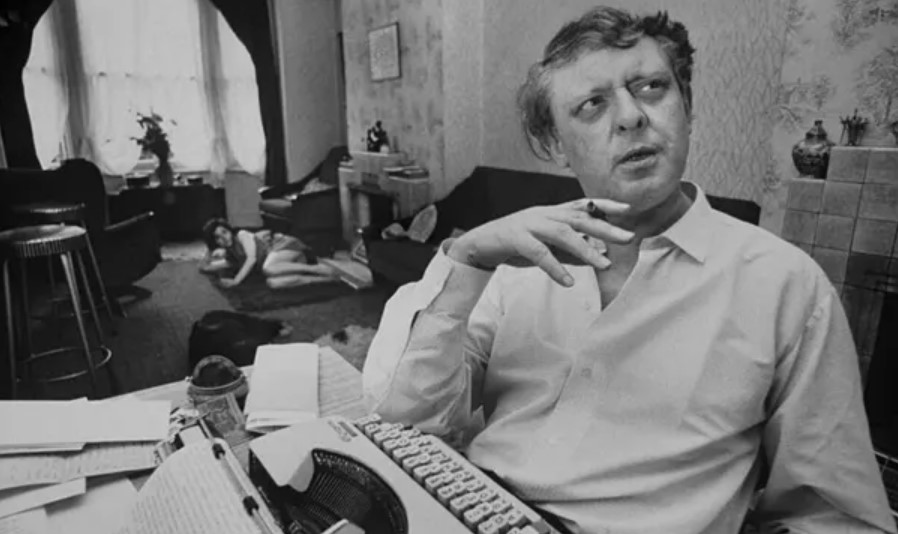
 It’s become quite fashionable to bash the ridiculously prolific and mock pompous Mancunian with the combover. Never mind that anyone with a remote familiarity for how theatre comes together recognizes that Anthony Burgess perfected a magnetic if abrasive persona, frequently appearing on television
It’s become quite fashionable to bash the ridiculously prolific and mock pompous Mancunian with the combover. Never mind that anyone with a remote familiarity for how theatre comes together recognizes that Anthony Burgess perfected a magnetic if abrasive persona, frequently appearing on television 
 It can’t be an accident that the wildly underrated Julian MacLaren-Ross skewered the idea of reading Conrad as an upwardly mobile class aspiration in Of Love and Hunger. In Frog, Stephen Dixon took the piss out of Conrad along these lines as well. Indeed, slagging off Conrad seems to be a common trait among many of my literary Bohemian heroes. And I do need to heed them. I feel and trust their instincts. It’s almost as if we’re told that we should simply accept that Conrad is a great writer who changed the course of literature (and he did) even as we pretend that he isn’t ancient and hoary and horribly regressive. When I confessed my reluctance to reread Heart of Darkness to a few friends, they told me, “Well, it’s only a hundred pages.” Which suggested very strongly that nobody really wants to read Conrad anymore. He doesn’t pop out at you like Joyce or Faulkner or Nabokov or even Lawrence. And, to tell you the truth, I would much rather reread
It can’t be an accident that the wildly underrated Julian MacLaren-Ross skewered the idea of reading Conrad as an upwardly mobile class aspiration in Of Love and Hunger. In Frog, Stephen Dixon took the piss out of Conrad along these lines as well. Indeed, slagging off Conrad seems to be a common trait among many of my literary Bohemian heroes. And I do need to heed them. I feel and trust their instincts. It’s almost as if we’re told that we should simply accept that Conrad is a great writer who changed the course of literature (and he did) even as we pretend that he isn’t ancient and hoary and horribly regressive. When I confessed my reluctance to reread Heart of Darkness to a few friends, they told me, “Well, it’s only a hundred pages.” Which suggested very strongly that nobody really wants to read Conrad anymore. He doesn’t pop out at you like Joyce or Faulkner or Nabokov or even Lawrence. And, to tell you the truth, I would much rather reread 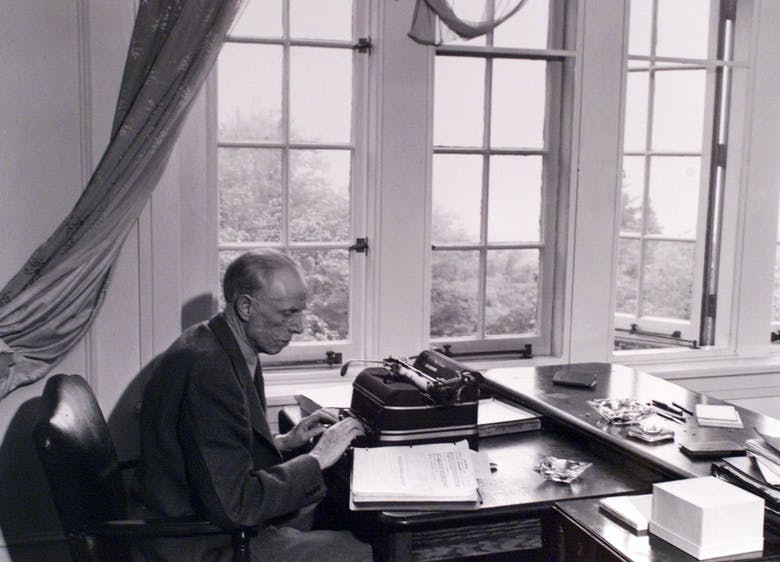


 Of the four illustrious figures cannonaded in Eminent Victorians, Florence Nightingale somehow evaded the relentless reports of Lytton Strachey’s hard-hitting flintlocks. Strachey, of course, was constitutionally incapable of entirely refraining from his bloodthirsty barbs, yet even he could not find it within himself to stick his dirk into “the delicate maiden of high degree who threw aside the pleasures of a life of ease to succor the afflicted.” Despite this rare backpedaling from an acerbic male tyrant, Nightingale was belittled, demeaned, and vitiated for many decades by do-nothings who lacked her brash initiative and who were dispossessed of the ability to match her bold moves and her indefatigable logistical acumen, which were likely fueled by
Of the four illustrious figures cannonaded in Eminent Victorians, Florence Nightingale somehow evaded the relentless reports of Lytton Strachey’s hard-hitting flintlocks. Strachey, of course, was constitutionally incapable of entirely refraining from his bloodthirsty barbs, yet even he could not find it within himself to stick his dirk into “the delicate maiden of high degree who threw aside the pleasures of a life of ease to succor the afflicted.” Despite this rare backpedaling from an acerbic male tyrant, Nightingale was belittled, demeaned, and vitiated for many decades by do-nothings who lacked her brash initiative and who were dispossessed of the ability to match her bold moves and her indefatigable logistical acumen, which were likely fueled by 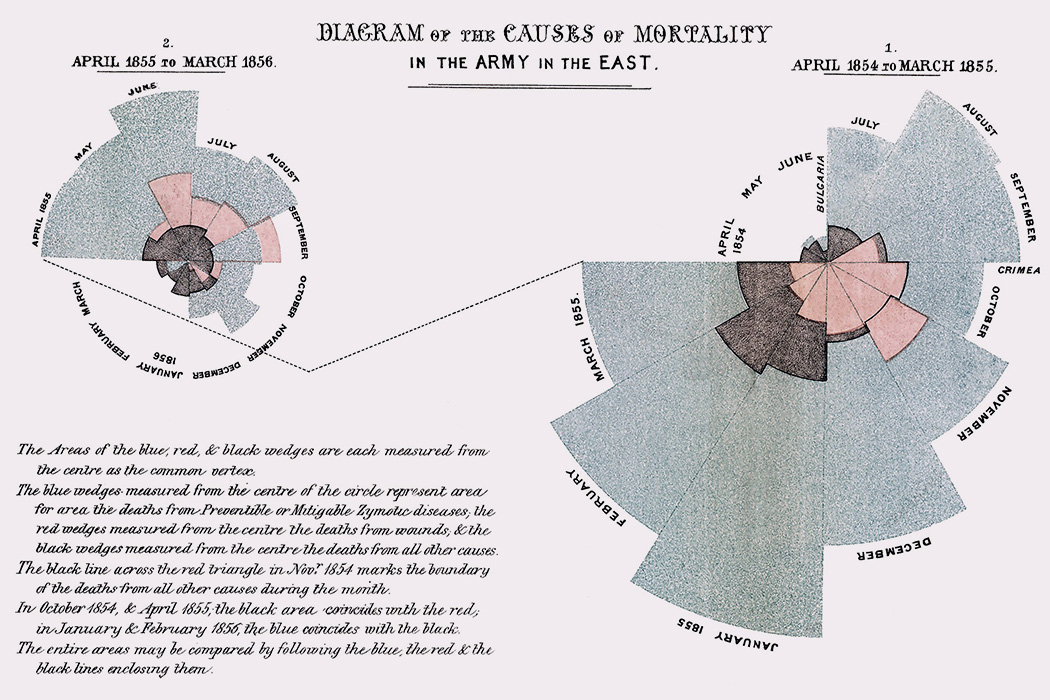
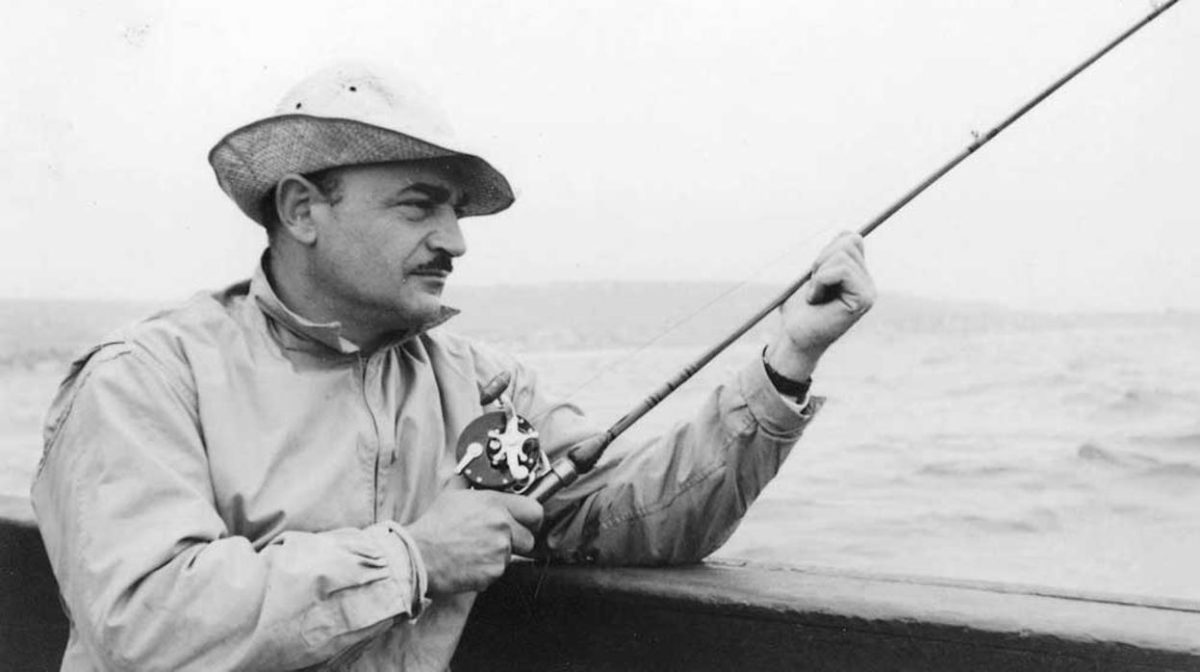
 Both men had turned to screenwriting to stay afloat during the Great Depression. Both men had much to say about the traps and illusions of American life. But it would take longer for West to be reassessed and appreciated — in large part because he was arguably fiercer than Fitz with his fiction. He had his finger firmly on the troubling pulse of feral American life and he wasn’t afraid to use it with the other nine at his typewriter. In a short essay called “Some Notes on Violence,” West pointed to the idiomatic violence that had permeated every corner of printed media: “We did not start with the ideas of printing tales of violence. We now believe that we would be doing violence by suppressing them.” His razor-sharp satire featured philandering dwarves, skewered the hideous contradictions of gaudy Hollywood spectacle, and, in just one of many enthralling flashes of his grimly hilarious invention, depicted a dead horse serving as au courant decor at the bottom of a swimming pool. (In an age in which urine-drinking is prescribed as a COVID remedy and reality star Stephanie Matto makes $200,000 selling her farts in a jar, one wonders why the present fictional landscape doesn’t reflect our scabrous realities and why 85% of today’s gatekeepers are so hostile to such a necessary dialogue between fiction and life. But then this is the same universe in which Hanya Yanagihara’s excellent, quite readable, and wildly ambitious new novel, To Paradise,
Both men had turned to screenwriting to stay afloat during the Great Depression. Both men had much to say about the traps and illusions of American life. But it would take longer for West to be reassessed and appreciated — in large part because he was arguably fiercer than Fitz with his fiction. He had his finger firmly on the troubling pulse of feral American life and he wasn’t afraid to use it with the other nine at his typewriter. In a short essay called “Some Notes on Violence,” West pointed to the idiomatic violence that had permeated every corner of printed media: “We did not start with the ideas of printing tales of violence. We now believe that we would be doing violence by suppressing them.” His razor-sharp satire featured philandering dwarves, skewered the hideous contradictions of gaudy Hollywood spectacle, and, in just one of many enthralling flashes of his grimly hilarious invention, depicted a dead horse serving as au courant decor at the bottom of a swimming pool. (In an age in which urine-drinking is prescribed as a COVID remedy and reality star Stephanie Matto makes $200,000 selling her farts in a jar, one wonders why the present fictional landscape doesn’t reflect our scabrous realities and why 85% of today’s gatekeepers are so hostile to such a necessary dialogue between fiction and life. But then this is the same universe in which Hanya Yanagihara’s excellent, quite readable, and wildly ambitious new novel, To Paradise, 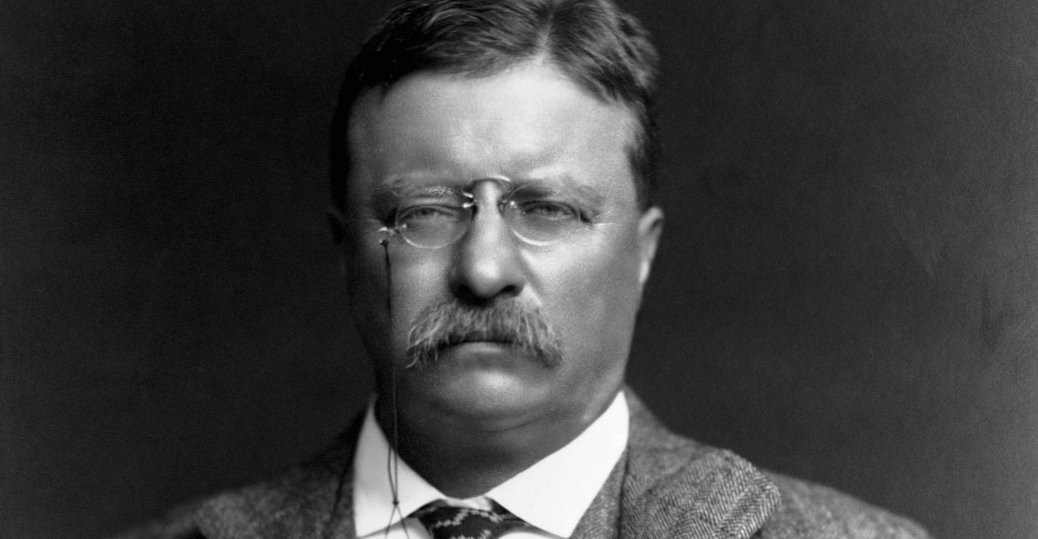
 One of many blistering tangerines contained within Mark Twain’s juicy three volume Autobiography involves his observations on Theodore Roosevelt: “We have never had a President before who was destitute of self-respect and of respect for his high office; we have had no President before who was not a gentleman; we have had no President before who was intended for a butcher, a dive-keeper or a bully, and missed his mission of compulsion of circumstances over which he had no control.”
One of many blistering tangerines contained within Mark Twain’s juicy three volume Autobiography involves his observations on Theodore Roosevelt: “We have never had a President before who was destitute of self-respect and of respect for his high office; we have had no President before who was not a gentleman; we have had no President before who was intended for a butcher, a dive-keeper or a bully, and missed his mission of compulsion of circumstances over which he had no control.” 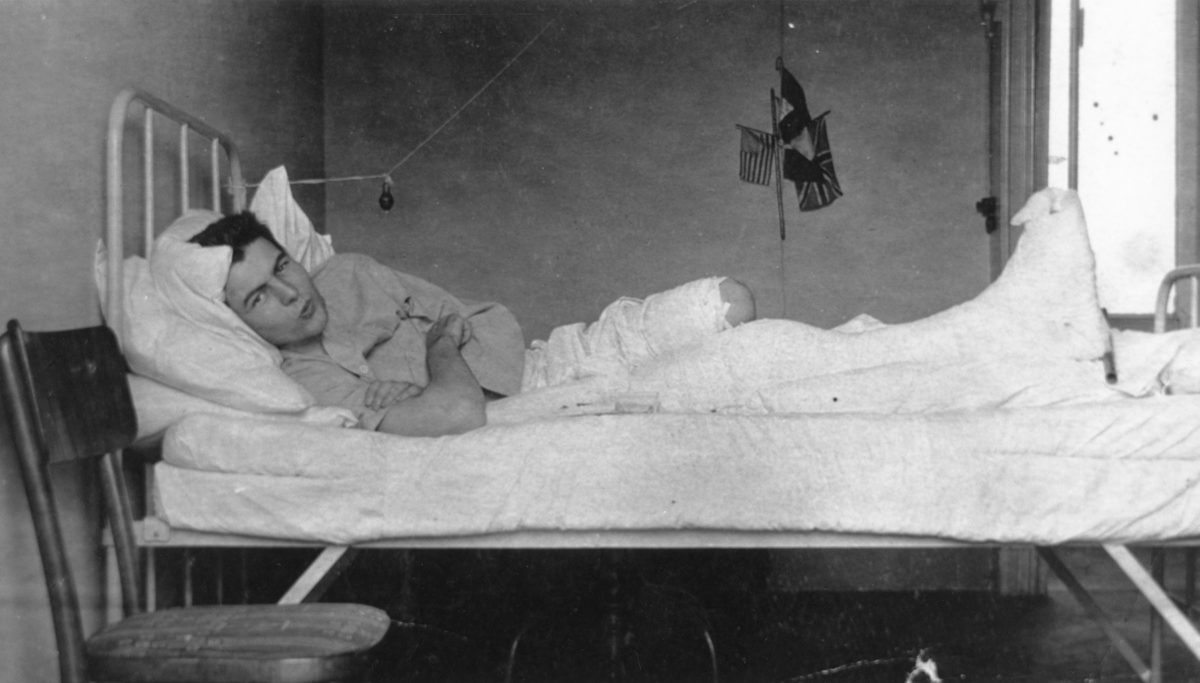
 You likely know the basics: An American goes to Italy and enlists as a “tenente.” He drives a battlefield ambulance just before his nation enters World War I. He gets wounded. He meets a nurse at a hospital. He falls in love. He feels free as he recovers. He feels trapped as he returns to the front. He gets disillusioned. He flees. He finds her again. Bad things happen. But A Farewell to Arms is so much more than this. It is a heartbreaking love story. It is a remarkably subtle indictment of war. It shows how people bury their romantic longings behind duty and how there’s a greater bravery in fulfilling what you owe to your heart. It argues for life and love. Its final paragraph is devastating. It zooms along with masterly prose that is buried with treasure. It is one of the greatest novels of the early 20th century. This statement is not hyperbole.
You likely know the basics: An American goes to Italy and enlists as a “tenente.” He drives a battlefield ambulance just before his nation enters World War I. He gets wounded. He meets a nurse at a hospital. He falls in love. He feels free as he recovers. He feels trapped as he returns to the front. He gets disillusioned. He flees. He finds her again. Bad things happen. But A Farewell to Arms is so much more than this. It is a heartbreaking love story. It is a remarkably subtle indictment of war. It shows how people bury their romantic longings behind duty and how there’s a greater bravery in fulfilling what you owe to your heart. It argues for life and love. Its final paragraph is devastating. It zooms along with masterly prose that is buried with treasure. It is one of the greatest novels of the early 20th century. This statement is not hyperbole.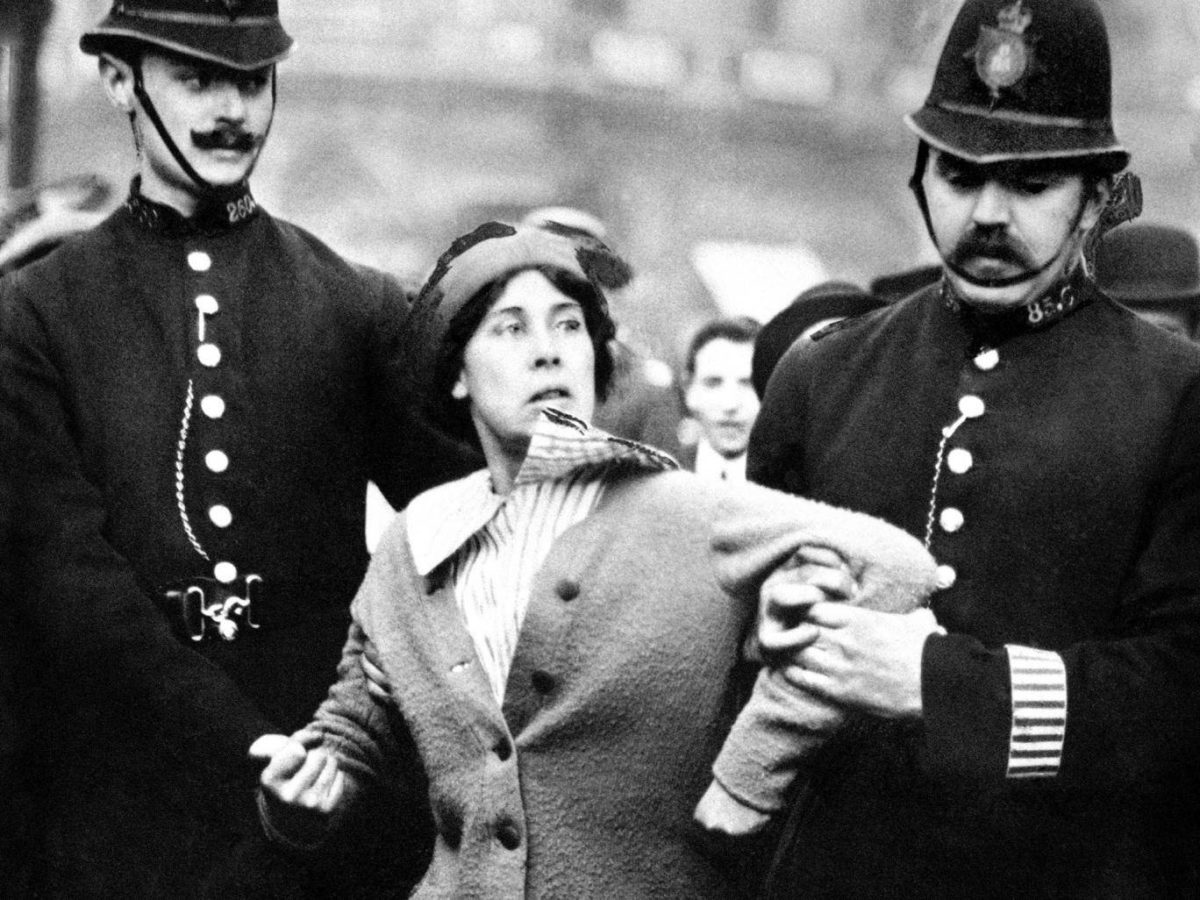

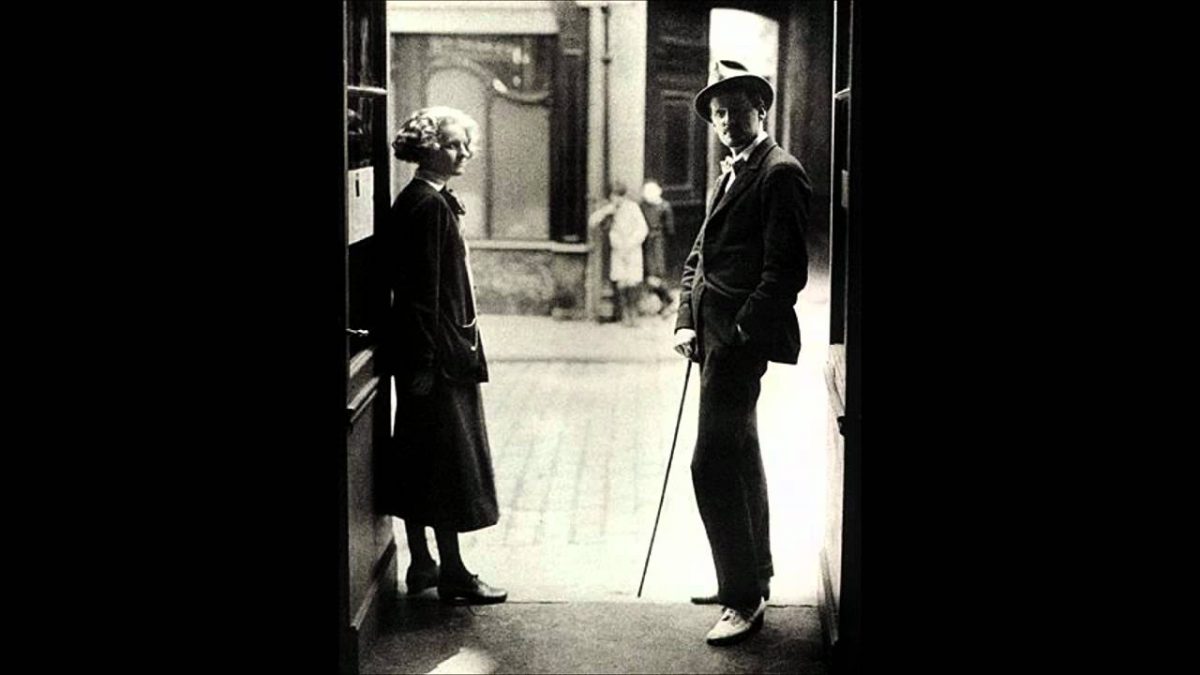
 It has been five years since I last tendered any heartfelt words about 20th century fiction for the Modern Library Reading Challenge. An infernal yet magnificent Irish genius is to blame for the delay. Five years is frankly too damned long, especially if I hope to complete this massive and somewhat insane project before I croak my own answer to Joyce’s “Does nobody understand?” Frank Delaney’s
It has been five years since I last tendered any heartfelt words about 20th century fiction for the Modern Library Reading Challenge. An infernal yet magnificent Irish genius is to blame for the delay. Five years is frankly too damned long, especially if I hope to complete this massive and somewhat insane project before I croak my own answer to Joyce’s “Does nobody understand?” Frank Delaney’s 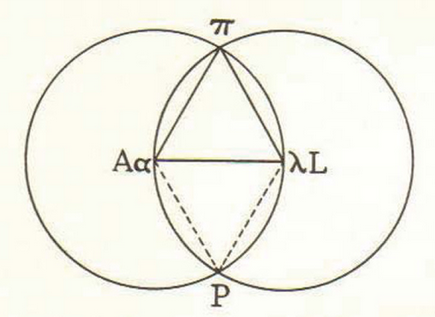
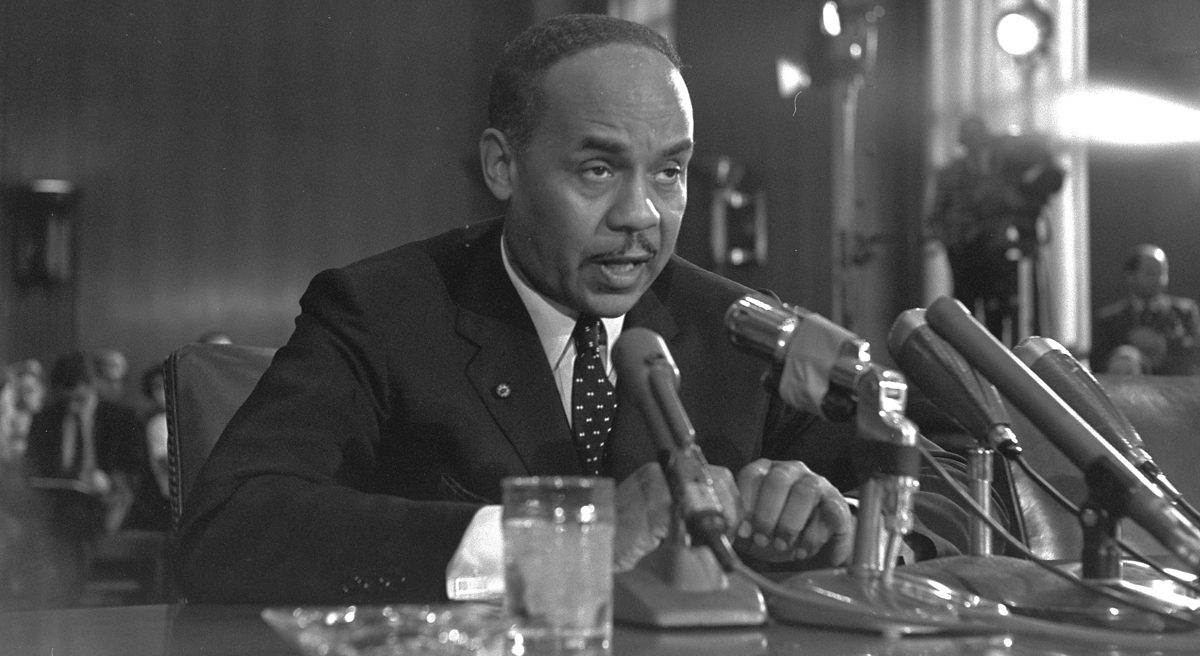

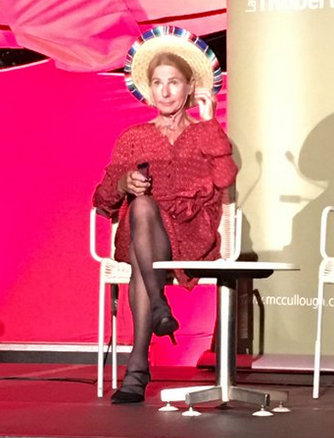

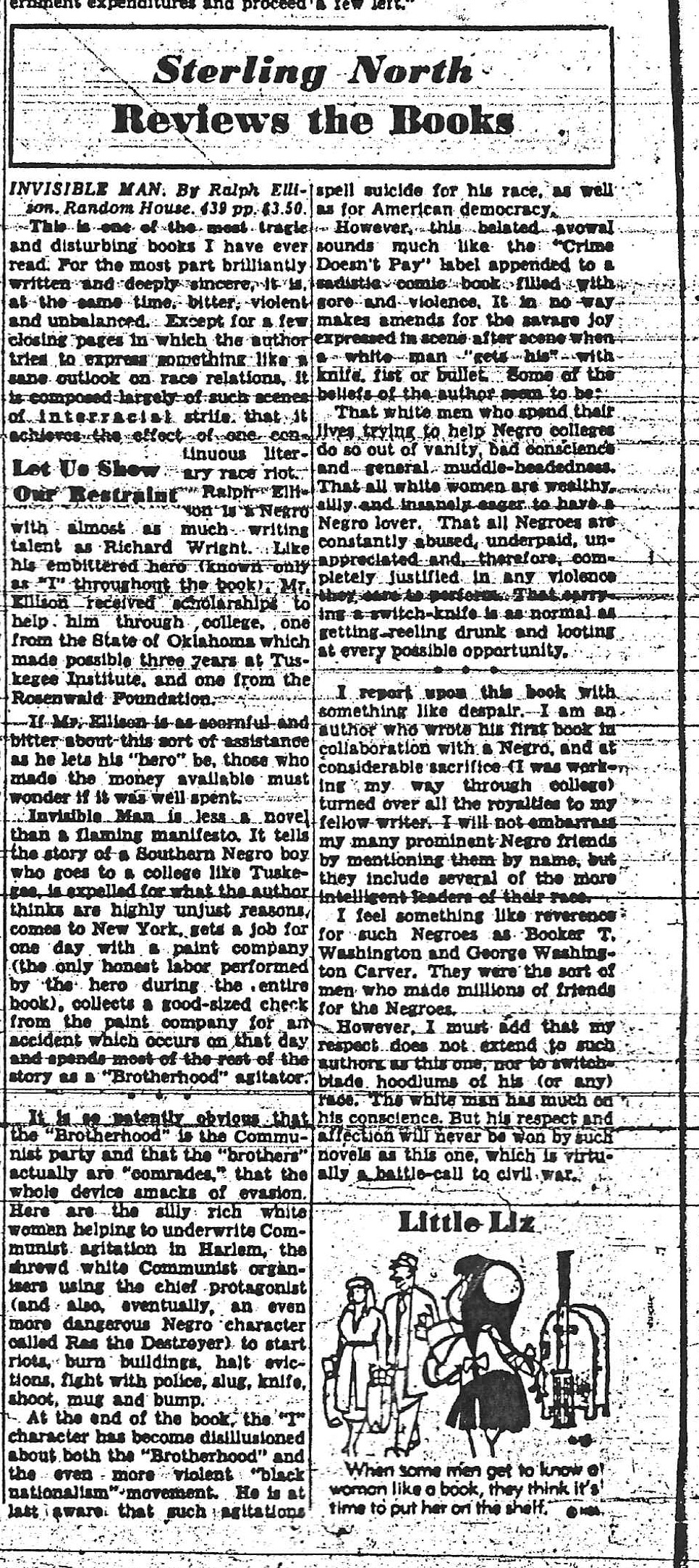
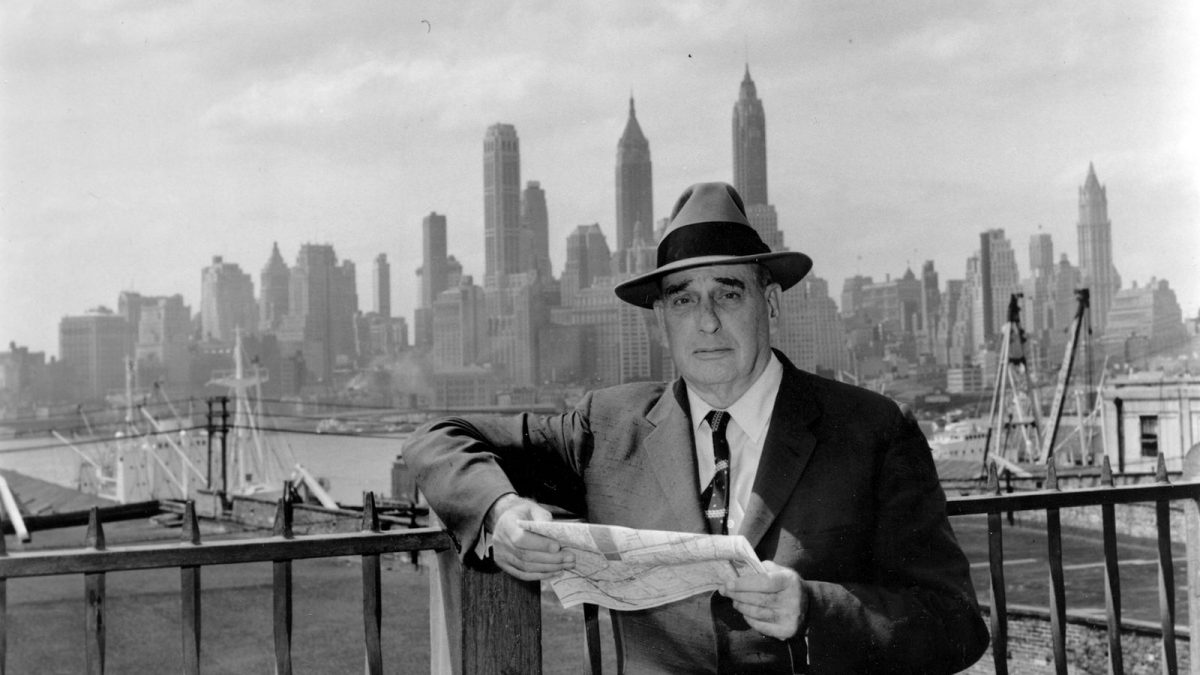


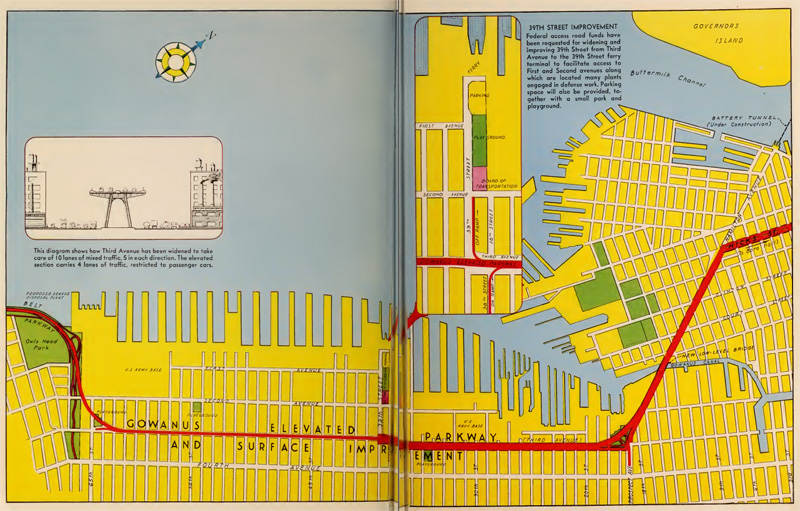
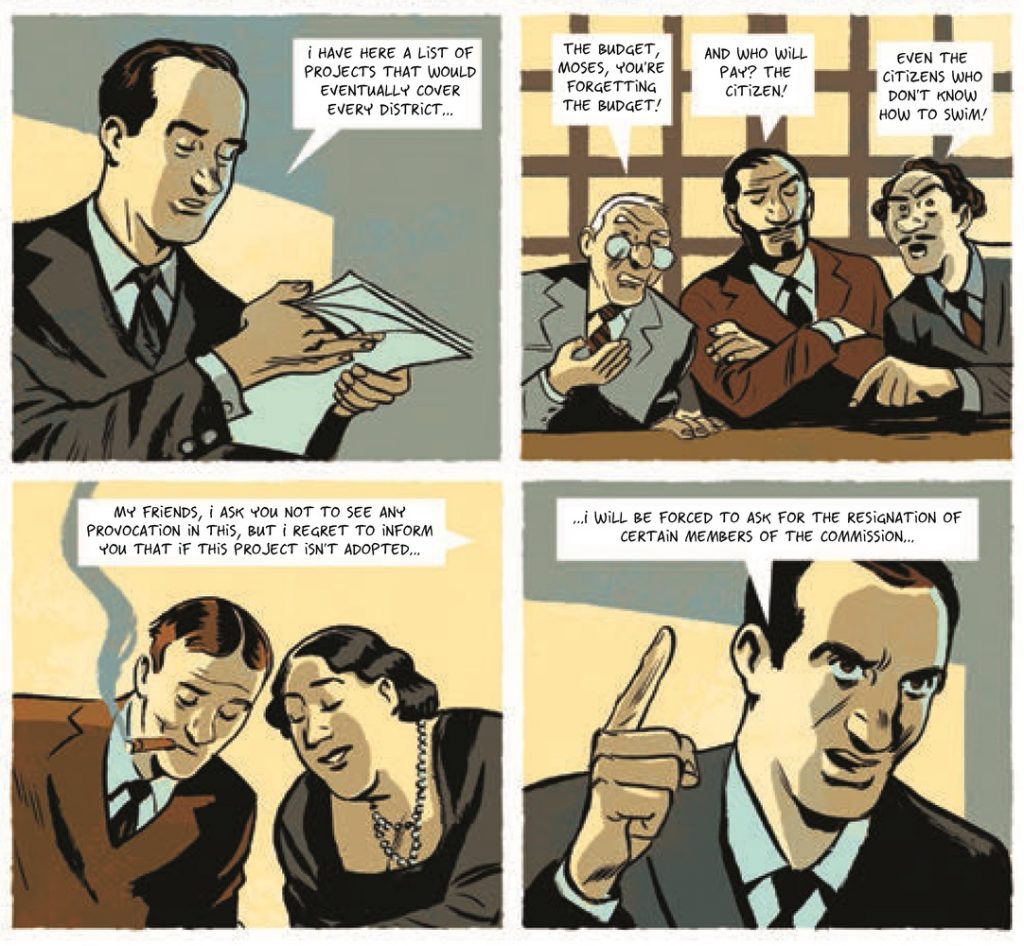


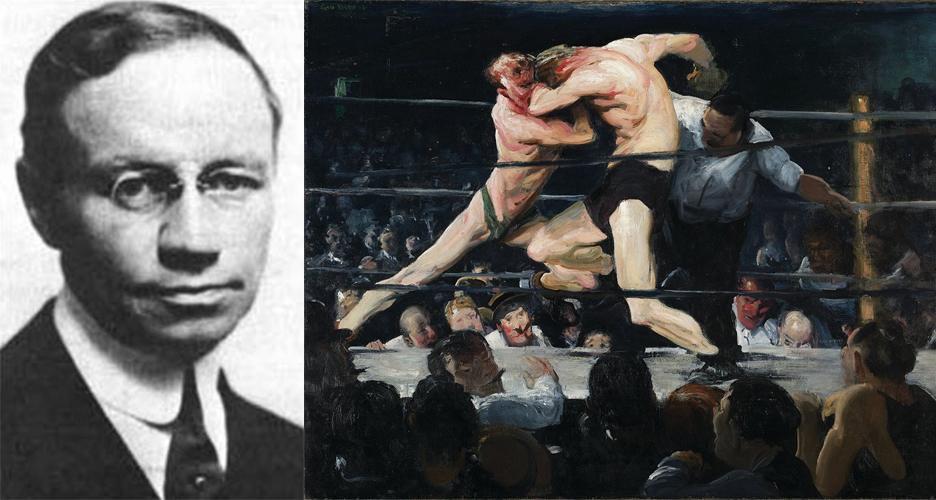

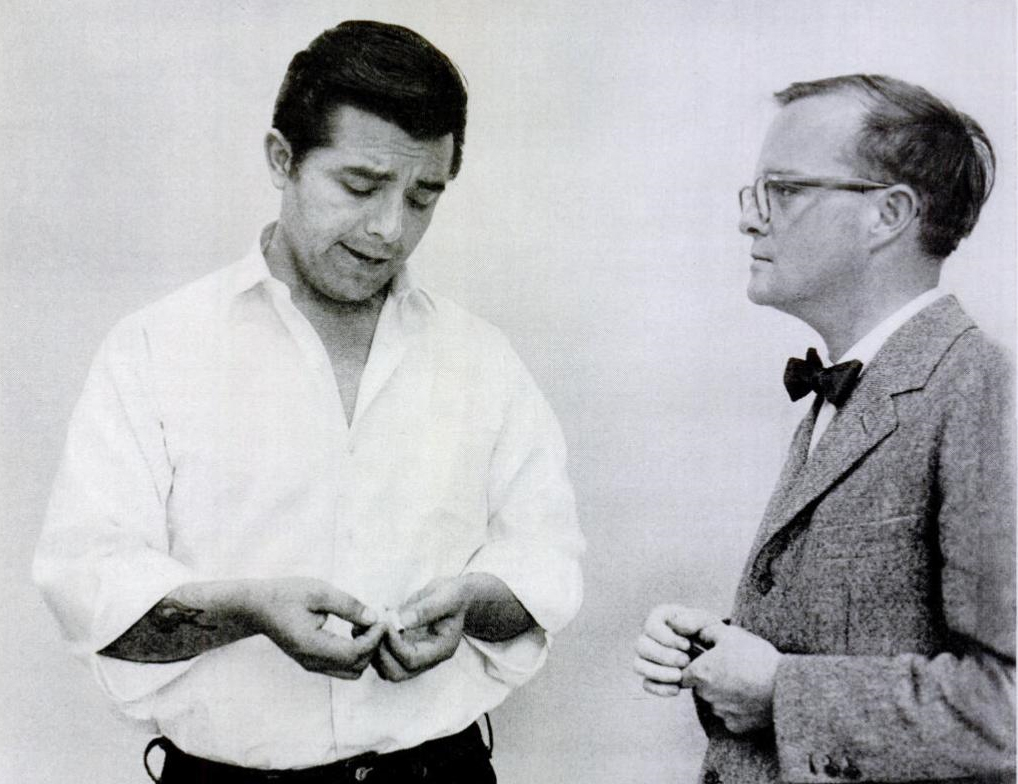
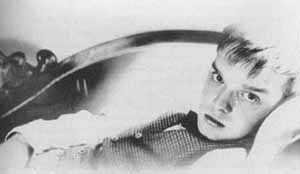

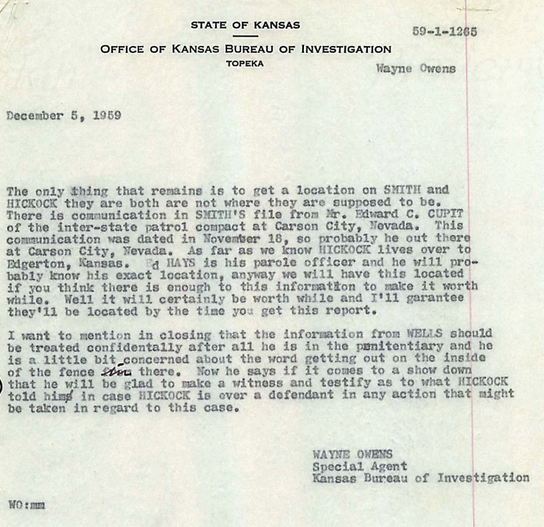
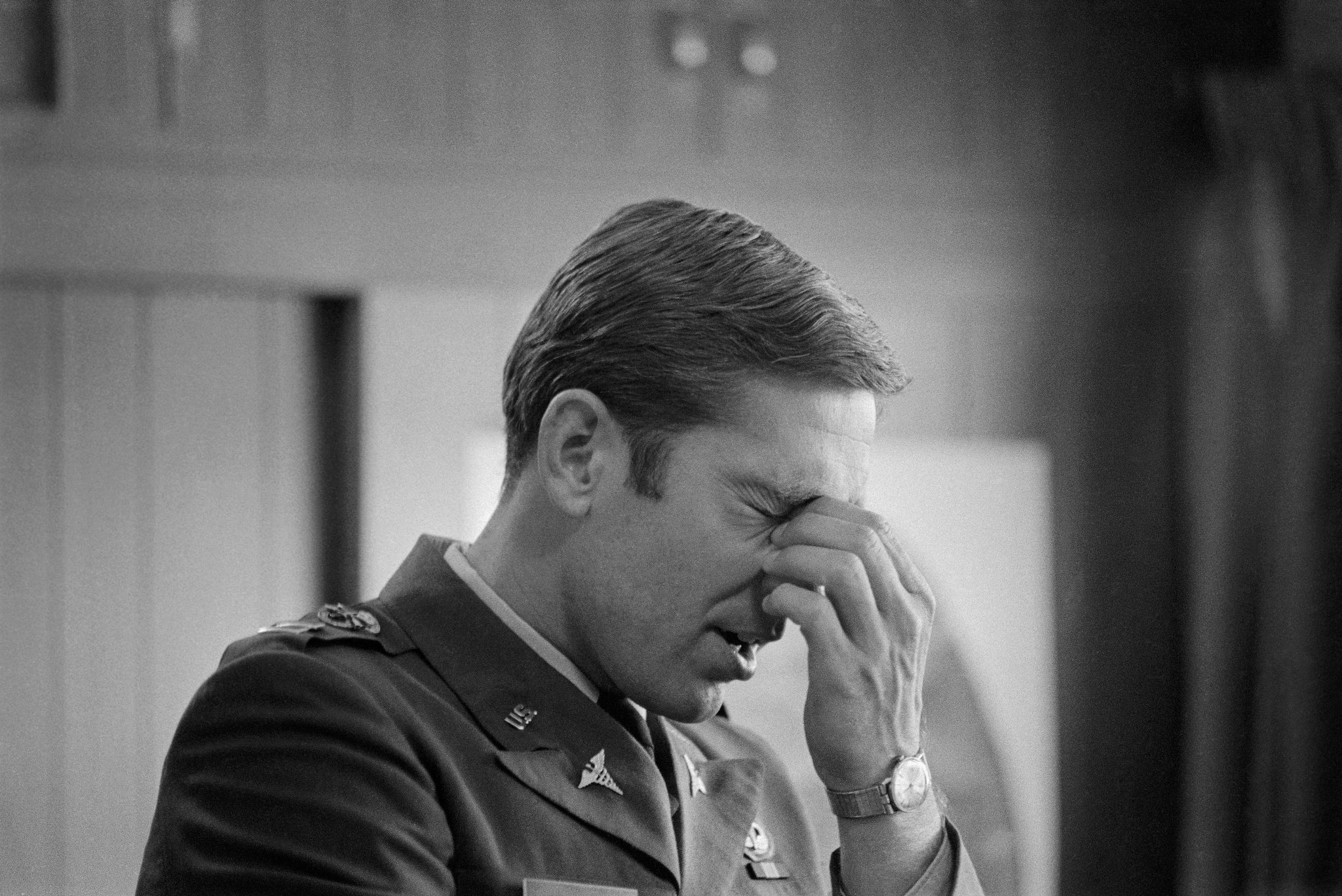

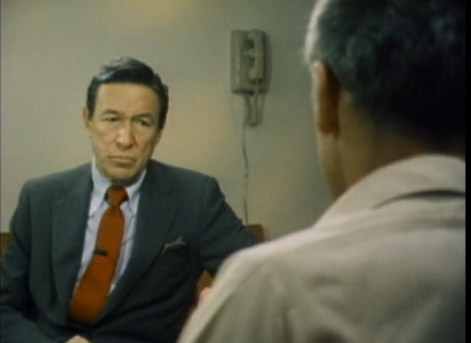
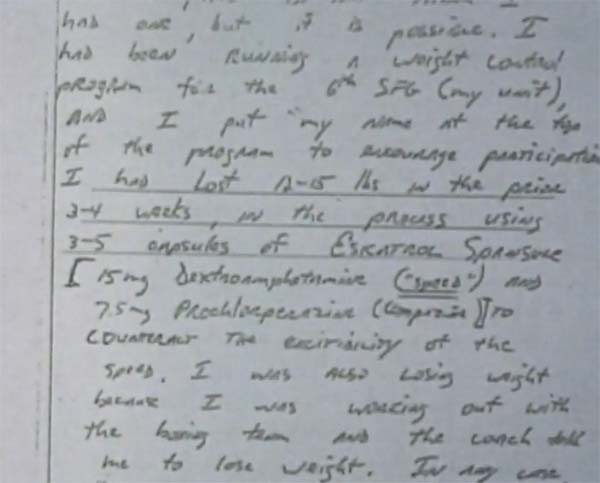
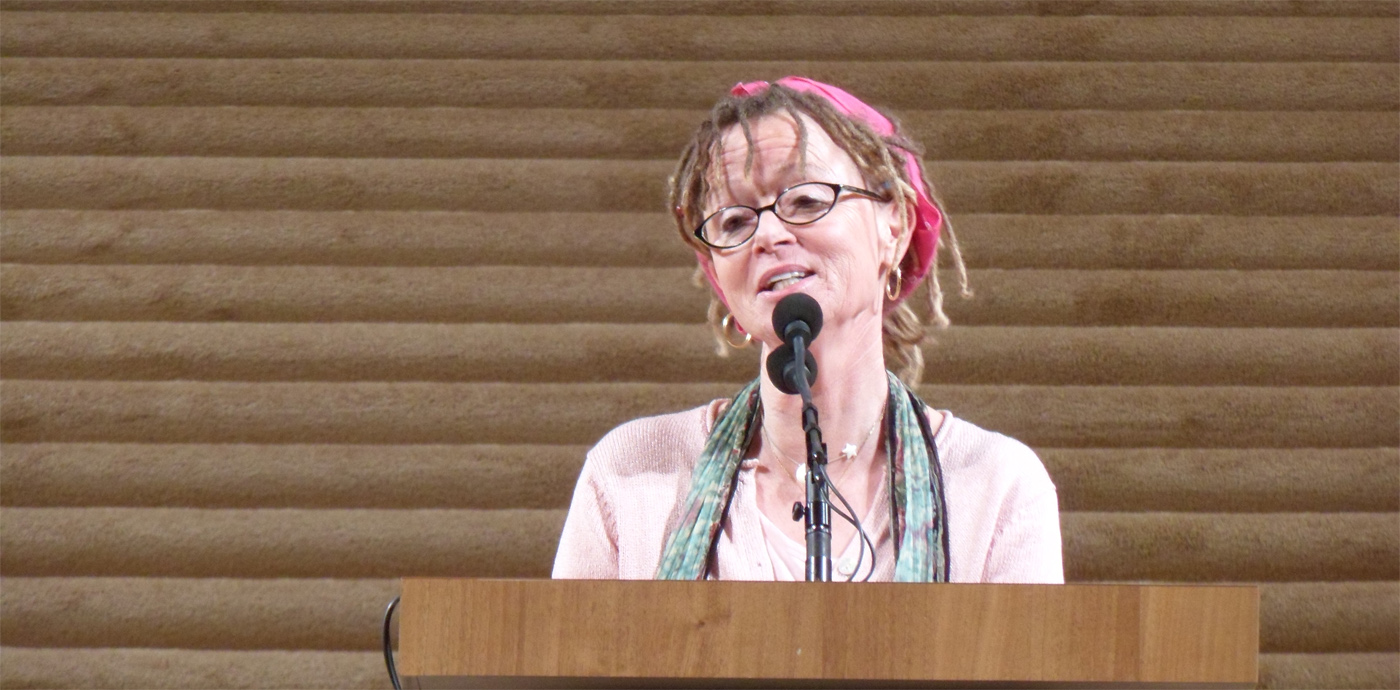
 It is easy to forget, as brave women
It is easy to forget, as brave women 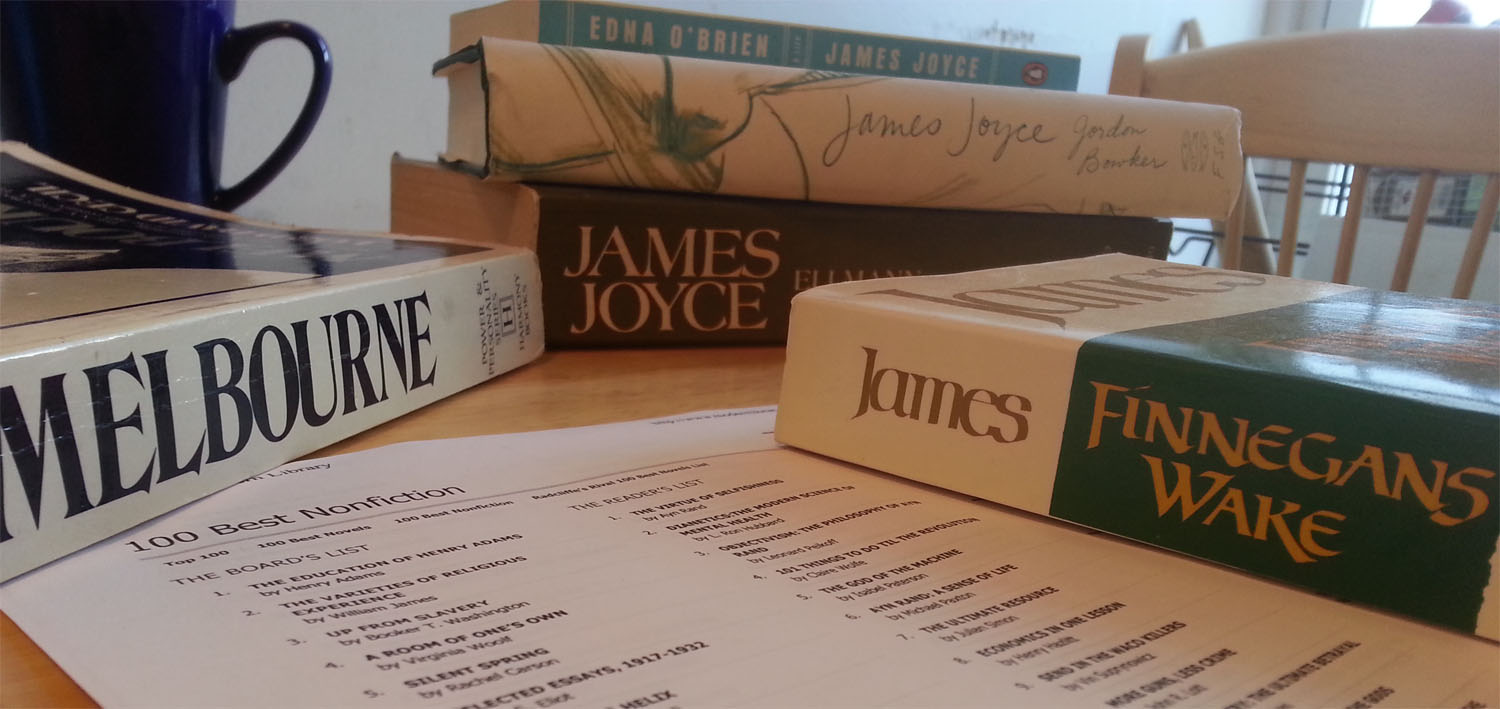

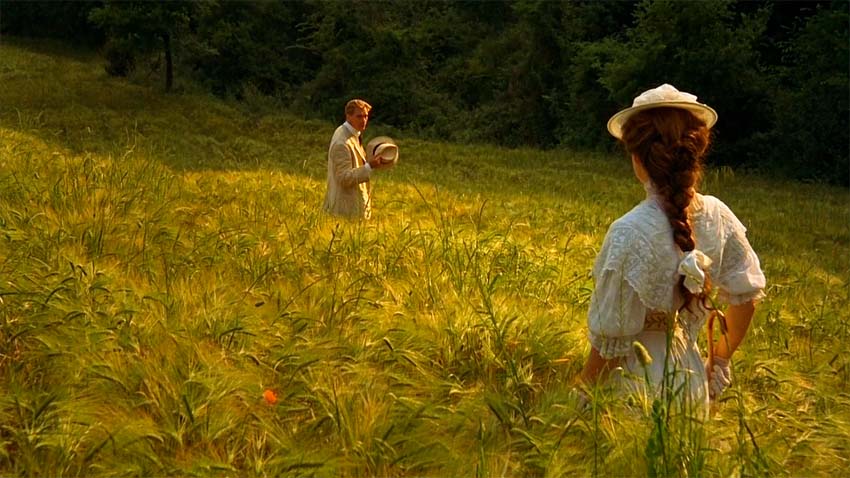
 Merchant Ivory Productions has been one of the greatest threats to literature during the past three decades. Known for producing well photographed films that put most sane people to sleep, the Merchant Ivory team has demonstrated a remarkable knack for divesting zest from the literary classics. They have ordered esteemed actors across sweeping vistas as if they are unbudgeable bovine who require vast encouragement to produce milk. They have bored more often than seems reasonable. Where Orson Welles’s Shakespeare adaptations or Iain Softley’s The Wings of the Dove or Stanley Kubrick’s Barry Lyndon or Sally Potter’s Orlando or William Wyler’s The Heiress or Corman’s Poe pictures or The Royal Shakespeare Company’s nine hour version of Nicholas Nickleby bristle with life and visual excitement, demanding that you get your hands on the source material at once, the Merchant Ivory movies are the cinematic equivalent to visiting the in-laws or steeling yourself up for a dreadful Thanksgiving or attending a funeral for someone you didn’t really know that well.
Merchant Ivory Productions has been one of the greatest threats to literature during the past three decades. Known for producing well photographed films that put most sane people to sleep, the Merchant Ivory team has demonstrated a remarkable knack for divesting zest from the literary classics. They have ordered esteemed actors across sweeping vistas as if they are unbudgeable bovine who require vast encouragement to produce milk. They have bored more often than seems reasonable. Where Orson Welles’s Shakespeare adaptations or Iain Softley’s The Wings of the Dove or Stanley Kubrick’s Barry Lyndon or Sally Potter’s Orlando or William Wyler’s The Heiress or Corman’s Poe pictures or The Royal Shakespeare Company’s nine hour version of Nicholas Nickleby bristle with life and visual excitement, demanding that you get your hands on the source material at once, the Merchant Ivory movies are the cinematic equivalent to visiting the in-laws or steeling yourself up for a dreadful Thanksgiving or attending a funeral for someone you didn’t really know that well. 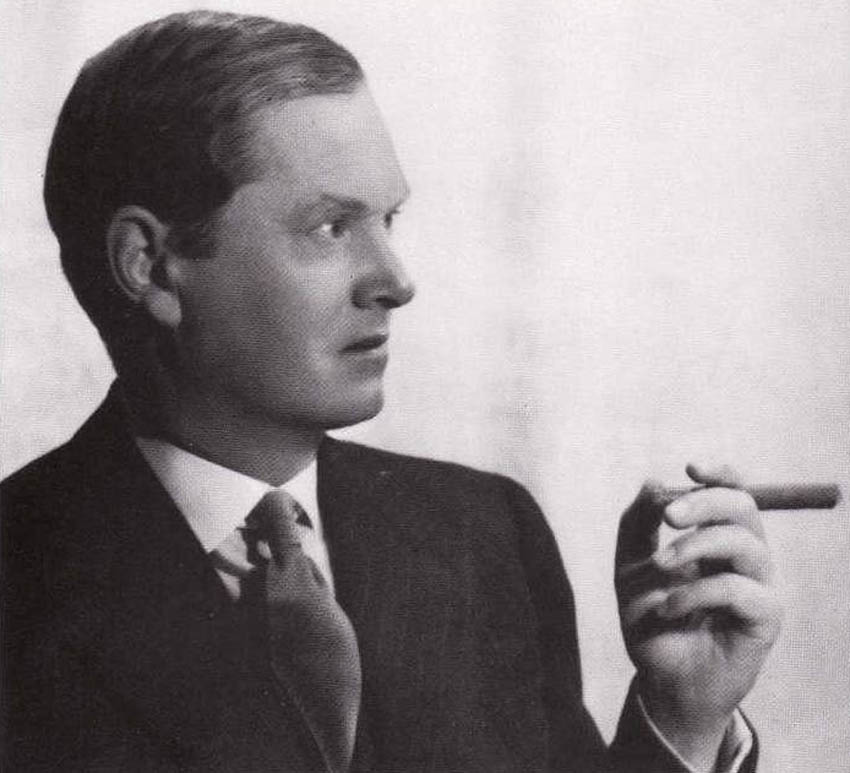
 Soak up enough art over the years and you’ll run into the cultural dichotomy, either through half-cocked introspection or cocktail party gunpoint. It’s a practice where two artists of equal merit and/or influence are positioned at opposing ends in talk, much as an oily advertising tyrant pins blindfolds on fat suburban heads to establish the next tasteless drink to slam down lacquered American throats.
Soak up enough art over the years and you’ll run into the cultural dichotomy, either through half-cocked introspection or cocktail party gunpoint. It’s a practice where two artists of equal merit and/or influence are positioned at opposing ends in talk, much as an oily advertising tyrant pins blindfolds on fat suburban heads to establish the next tasteless drink to slam down lacquered American throats. 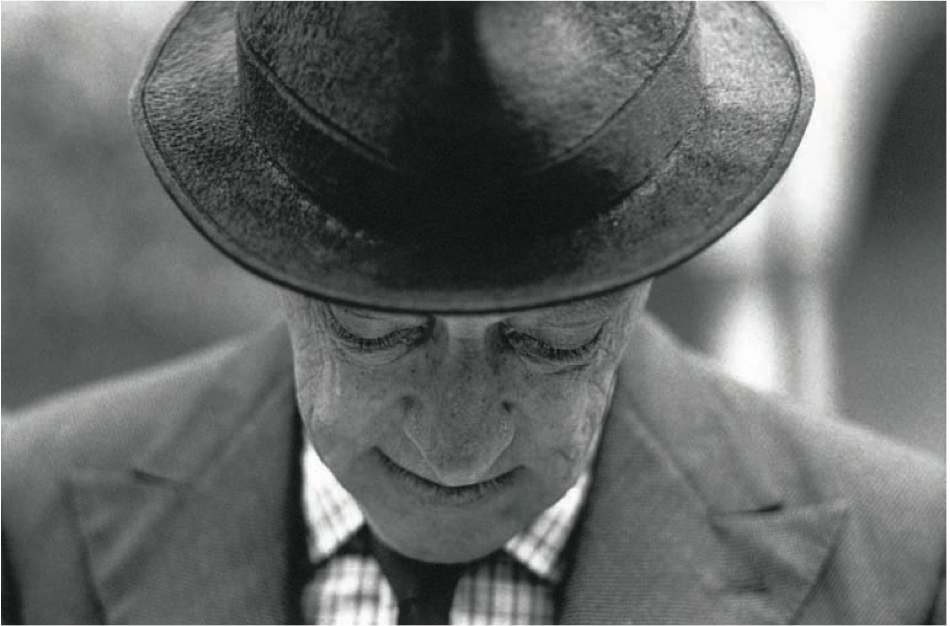

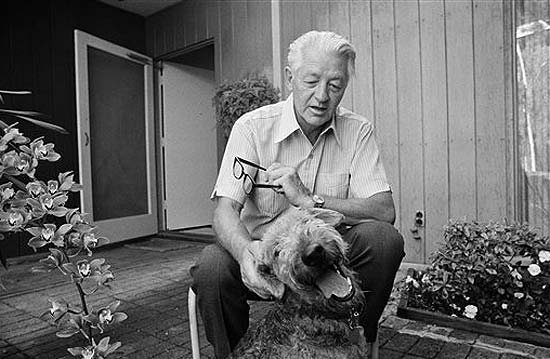
 For more than a decade, I have nursed a grandiose grudge towards Wallace Stegner that has less to do with the eco-friendly West Coast bigshot’s literary streetcred and more to do with my own irrepressible ineptitude concerning matters of the boudoir.
For more than a decade, I have nursed a grandiose grudge towards Wallace Stegner that has less to do with the eco-friendly West Coast bigshot’s literary streetcred and more to do with my own irrepressible ineptitude concerning matters of the boudoir. 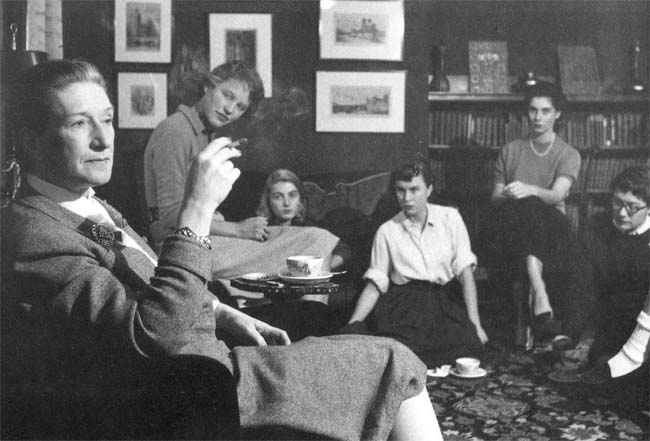

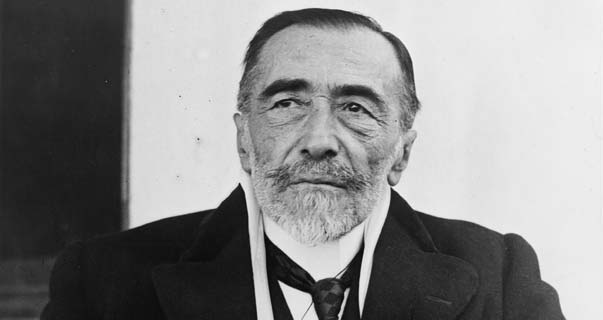
 Much like today’s tawdry Hollywood movies, Lord Jim was based on a true story — back in the days when it actually meant something. On August 7, 1880, a ship called the Jeddah, on its way from Singapore to Arabia and carrying 950 Muslim pilgrims, had an accident. The British officers abandoned the ship near Cape Gardafui. But the Jeddah did not sink. Captain Clark was on his way out of the British Consulate when another captain reported that the Jeddah had been salvaged and towed. Clark got off lightly. His certificate was stripped for three years. But the Jeddah‘s first mate, Augustine Podmore Williams, received a harsher sentence.
Much like today’s tawdry Hollywood movies, Lord Jim was based on a true story — back in the days when it actually meant something. On August 7, 1880, a ship called the Jeddah, on its way from Singapore to Arabia and carrying 950 Muslim pilgrims, had an accident. The British officers abandoned the ship near Cape Gardafui. But the Jeddah did not sink. Captain Clark was on his way out of the British Consulate when another captain reported that the Jeddah had been salvaged and towed. Clark got off lightly. His certificate was stripped for three years. But the Jeddah‘s first mate, Augustine Podmore Williams, received a harsher sentence. 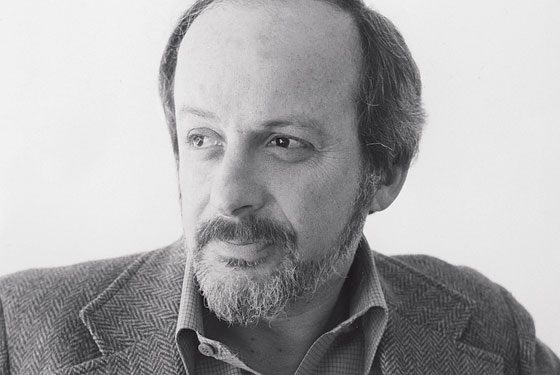
 In 1975,
In 1975, 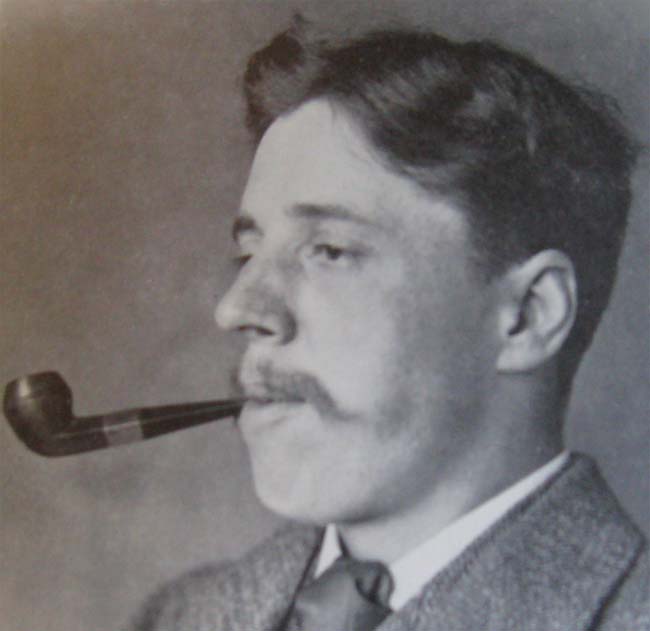
 I am fairly certain that I found The Old Wives’ Tale compelling for reasons that Arnold Bennett did not intend. After my great excitement with Jack London, Bennett was something of a letdown, reading more like fossilized culch than a lively adventure from the 20th century, although I experienced a great deal of pleasure as characters began to die and as they became needlessly blamed for other deaths. Consider the manner in which Sophia, assigned to watch over her bedridden father, sneaks away for a few minutes to chat with the strapping Gerald Scales. When she returns, something terribly odd occurs:
I am fairly certain that I found The Old Wives’ Tale compelling for reasons that Arnold Bennett did not intend. After my great excitement with Jack London, Bennett was something of a letdown, reading more like fossilized culch than a lively adventure from the 20th century, although I experienced a great deal of pleasure as characters began to die and as they became needlessly blamed for other deaths. Consider the manner in which Sophia, assigned to watch over her bedridden father, sneaks away for a few minutes to chat with the strapping Gerald Scales. When she returns, something terribly odd occurs: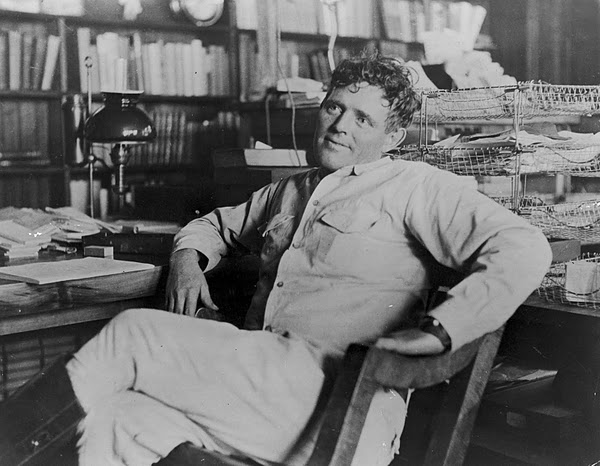
 In June 1902, Cosmopolitan published
In June 1902, Cosmopolitan published 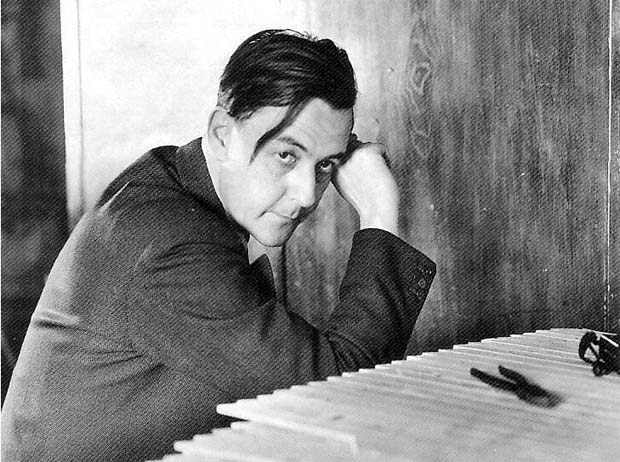
 Reading Henry Green’s Loving is a bit like going through a valise that a hardcore neat freak has spent many years packing for your once-in-a-decade vacation. You need to extract the chinos for that last summer blowout, but will your unseen friend berate you if you rustle the crisp blue oxford shirt from that fixed and implacable perch just above those promising pants? What Green has given us is a delicate book, difficult to unpack in a thousand words. It is so marvelous that you could spend a lifetime talking about it (certainly many have spent lifetimes teaching it). On the other hand, compared to Finnegans Wake (a Modern Library obligation so massive that I have started reading it early,
Reading Henry Green’s Loving is a bit like going through a valise that a hardcore neat freak has spent many years packing for your once-in-a-decade vacation. You need to extract the chinos for that last summer blowout, but will your unseen friend berate you if you rustle the crisp blue oxford shirt from that fixed and implacable perch just above those promising pants? What Green has given us is a delicate book, difficult to unpack in a thousand words. It is so marvelous that you could spend a lifetime talking about it (certainly many have spent lifetimes teaching it). On the other hand, compared to Finnegans Wake (a Modern Library obligation so massive that I have started reading it early, 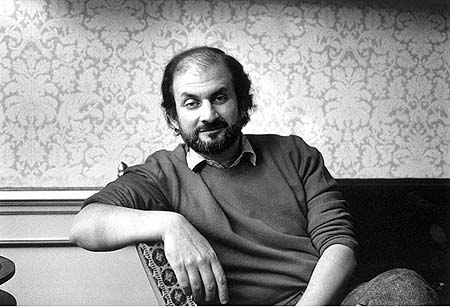

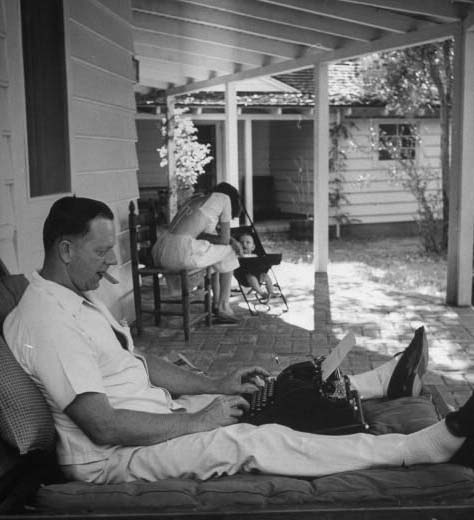
 Like many great writers of the 20th century, Erskine Caldwell experienced difficulties keeping his dick in his pants. While such bulging foibles aren’t normally the stuff of pertinent consideration, Erskine Caldwell Reconsidered (edited by Edwin T. Arnold and published by the University Press of Mississippi) is the rare academic volume offering a partially persuasive case that Caldwell’s philandering was one throbbing element of the creative package.
Like many great writers of the 20th century, Erskine Caldwell experienced difficulties keeping his dick in his pants. While such bulging foibles aren’t normally the stuff of pertinent consideration, Erskine Caldwell Reconsidered (edited by Edwin T. Arnold and published by the University Press of Mississippi) is the rare academic volume offering a partially persuasive case that Caldwell’s philandering was one throbbing element of the creative package.